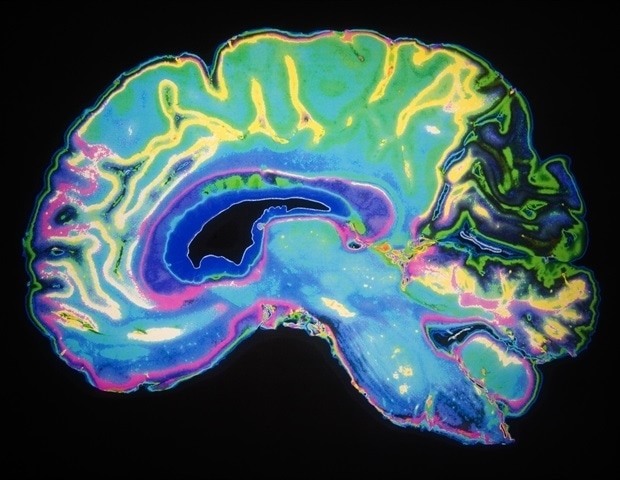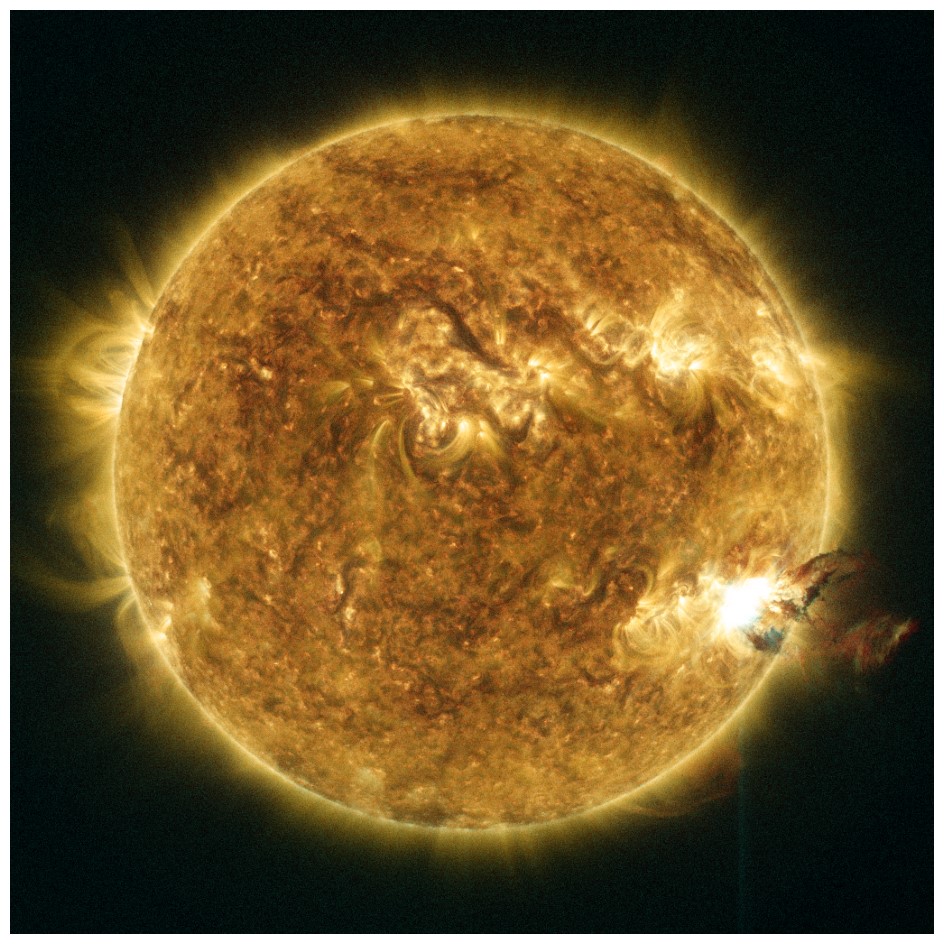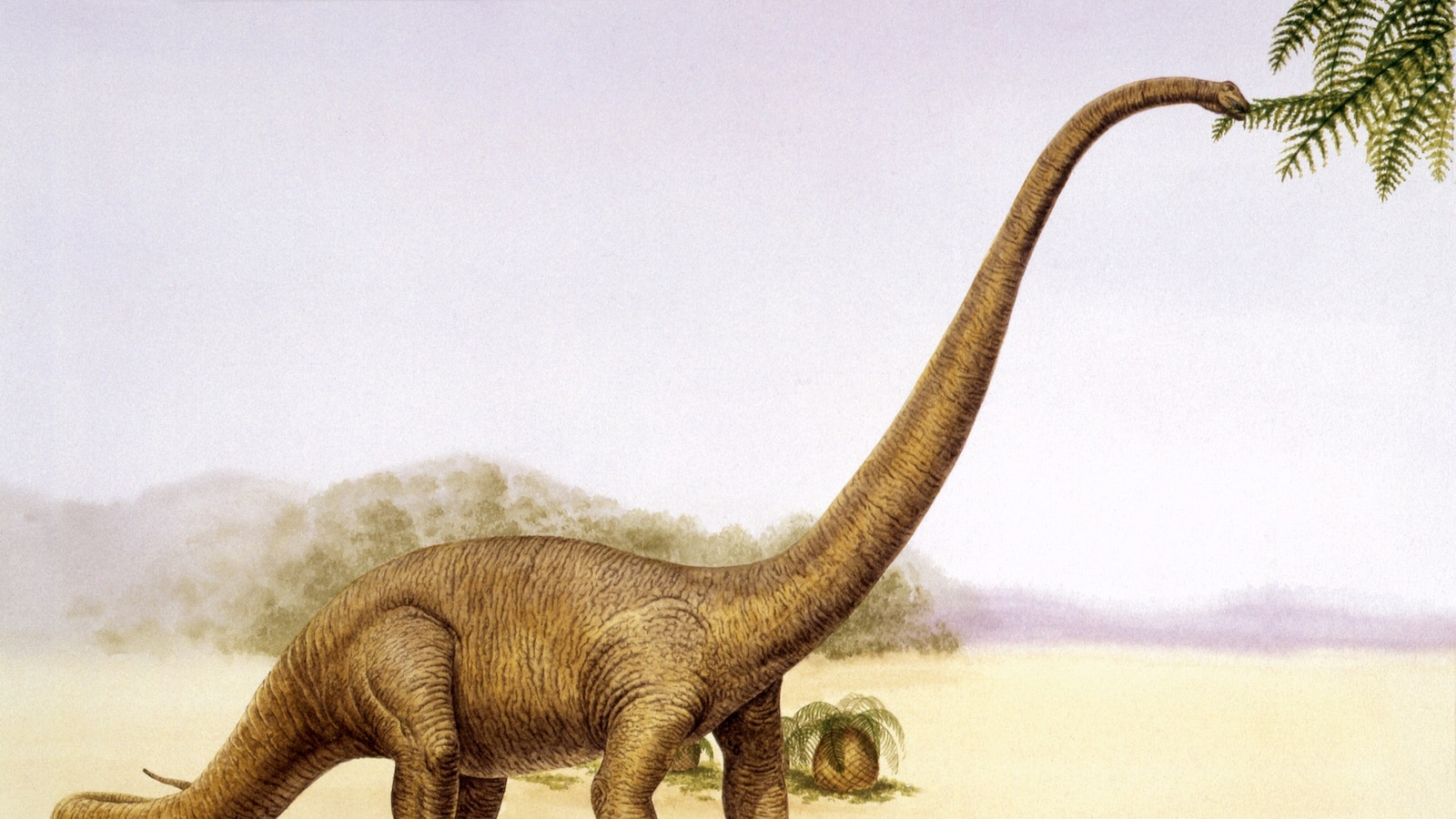AI Generated Newscast About WISPIT 2b: A Massive Baby Planet is Born!

What if I told you we’ve just captured a stunning glimpse of a gigantic baby planet still in its infancy? Meet WISPIT 2b, a newly discovered protoplanet that’s five times the mass of Jupiter, and it’s still gobbling up gas and dust like a cosmic vacuum cleaner!
Located a staggering 433 light-years away in a star system filled with bright rings of debris, this celestial giant is not only unique for its size but also for the fact that it’s the first confirmed case of a planet actively feeding in such an unusual position—between two bright rings in its star’s disk. Typically, we expect to find feeding planets in larger, more open gaps, so this discovery is shaking up our understanding of planet formation!
The excitement doesn’t stop there! Astronomers have noticed an intriguing pattern: all similar feeding planets in our galaxy seem to reside in star systems that are tilted at angles between 37° and 52° when viewed from Earth. With a mere 1% chance of this being a coincidence, scientists are scratching their heads about what this might mean for the formation of planets across the universe.
But wait, there’s more! In this star system, researchers have also uncovered an enigmatic object named CC1. This object could either be a dense clump of dust or another planet weighing in at a hefty nine times the mass of Jupiter. Talk about a stellar family reunion!
So, how did scientists pull off this monumental discovery? It took advanced technology and powerful telescopes like MagAO-X in Chile, which cleverly corrects atmospheric blurring, making it possible for astronomers to see clearly. Imagine trying to capture a photo of a firefly in a foggy night—this technology is the flashlight that cuts through the haze!
As the researchers describe, WISPIT 2b glows red due to hydrogen gas falling onto its surface, heating up to extreme temperatures and creating hot plasma. Think of it as a cosmic bonfire, lighting up the space around it!
The researchers’ findings indicate that the formation of planets can indeed create those dark gaps we’ve observed in star systems. For years, scientists speculated that these dark voids were signs of planet creation, but now they have solid proof.
In a universe that’s only 5 million years young, the WISPIT 2 system is like a front-row seat to a cosmic spectacle—a remarkable opportunity to witness the birth of giant worlds and the reshaping of their star systems. As graduate student Gabriel Weible put it, “It’s a bit like what our own Jupiter and Saturn would have looked like when they were 5,000 times younger than they are now.”
This discovery could significantly enhance how astronomers locate and study new planets in the universe—by focusing their telescopes on those optimal angles where growing planets are more likely to be spotted. So, while WISPIT 2b continues to feast and grow, we’re left wondering what other wonders lie hidden in the cosmos, waiting to be discovered!



























